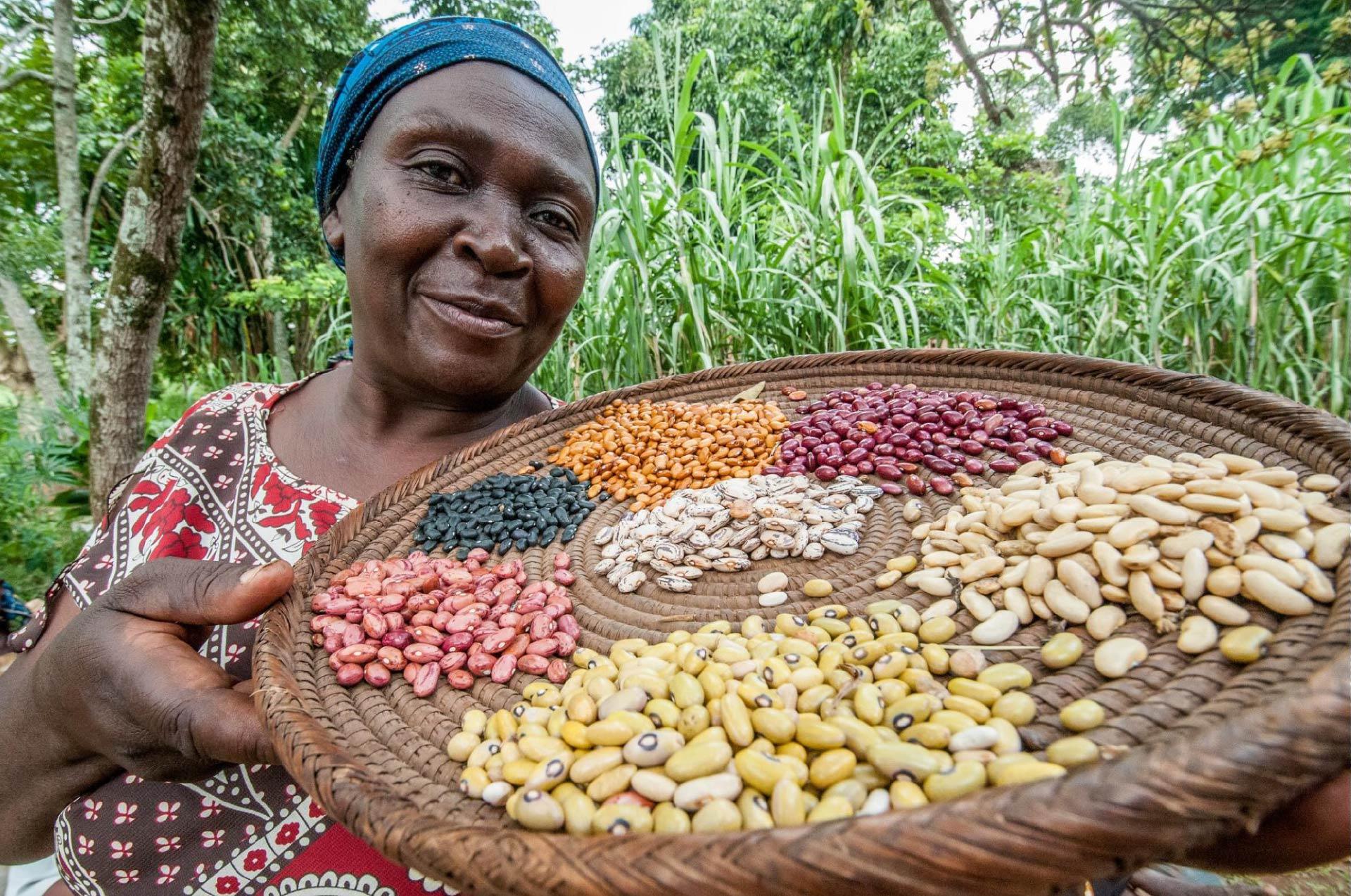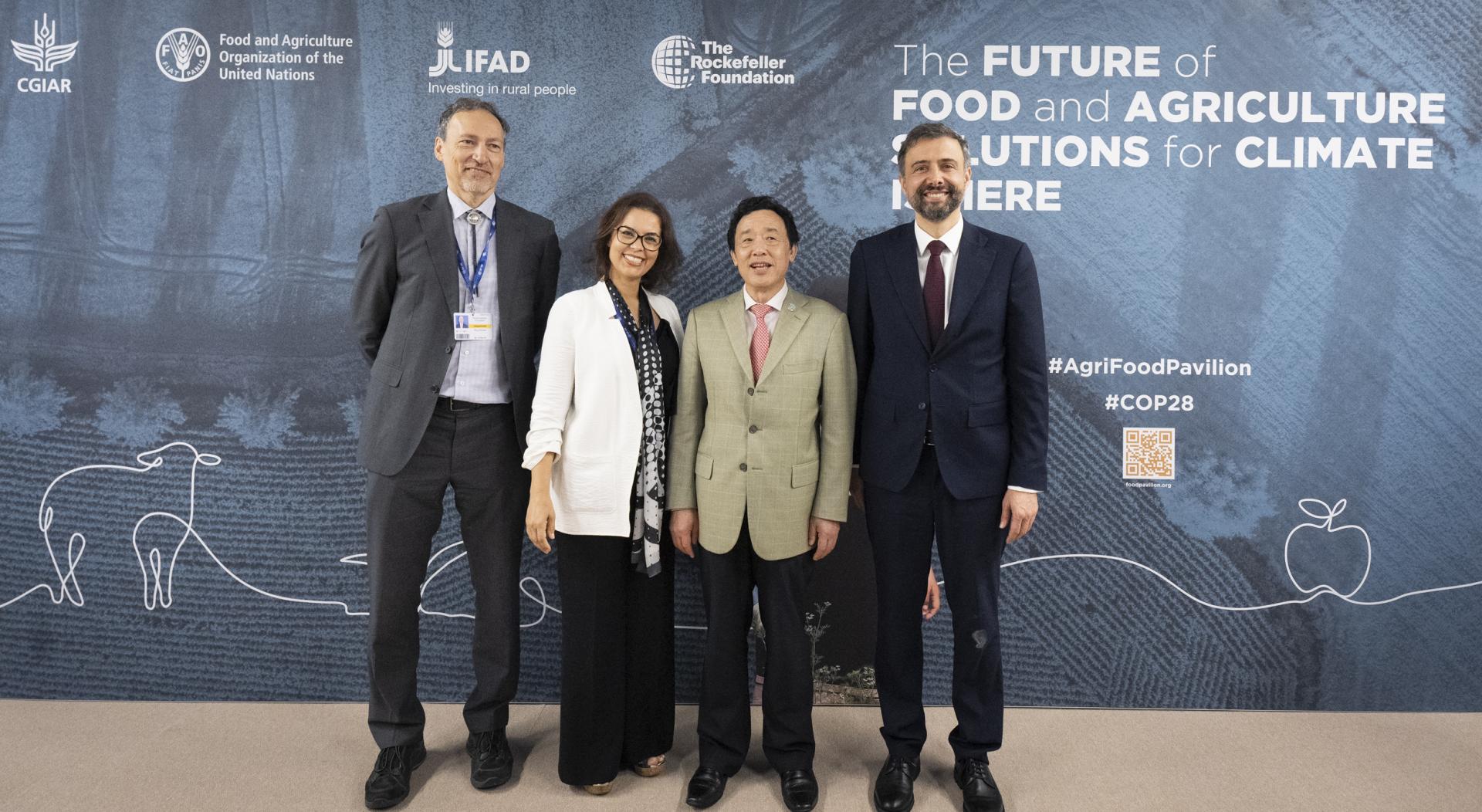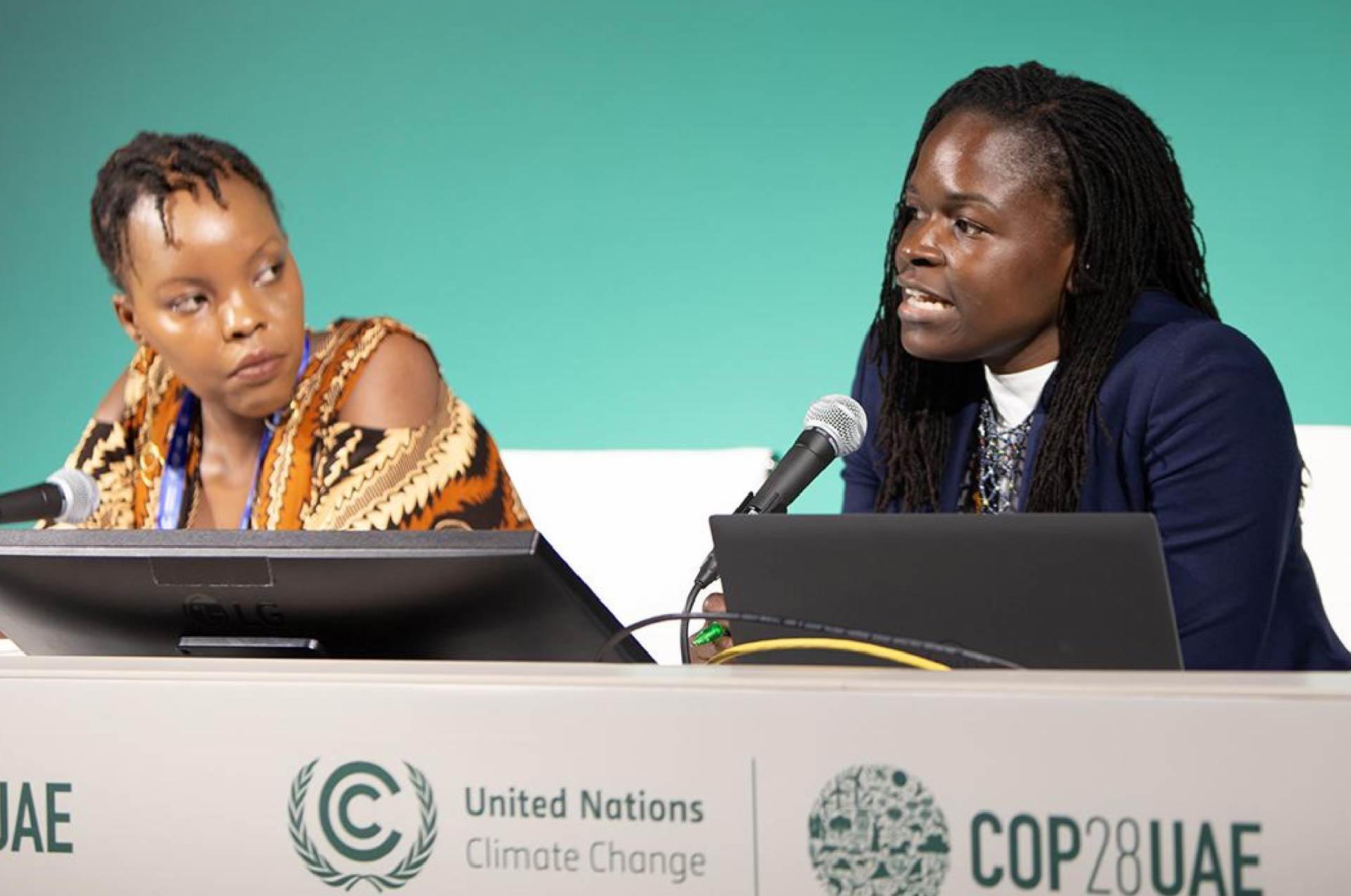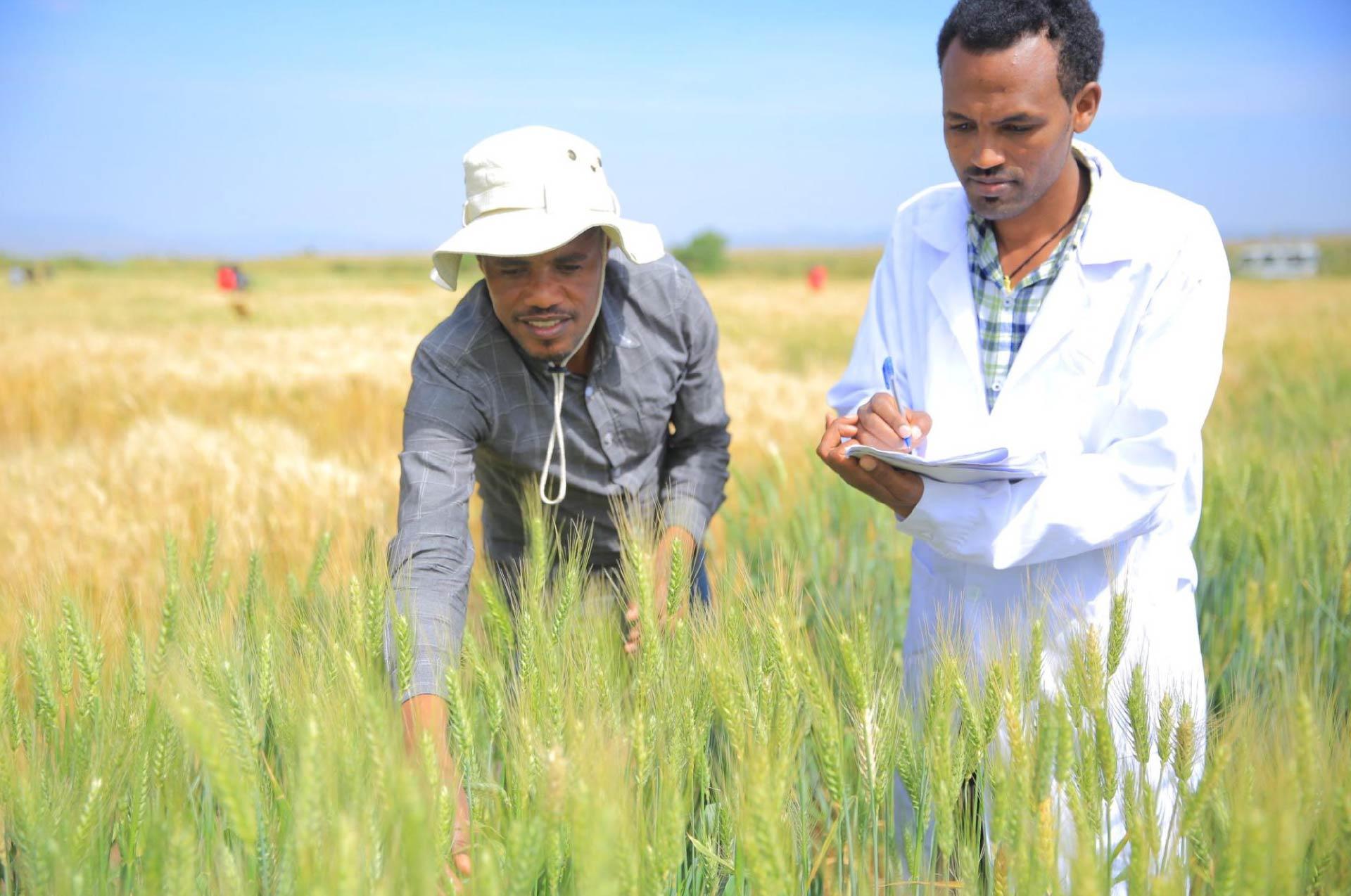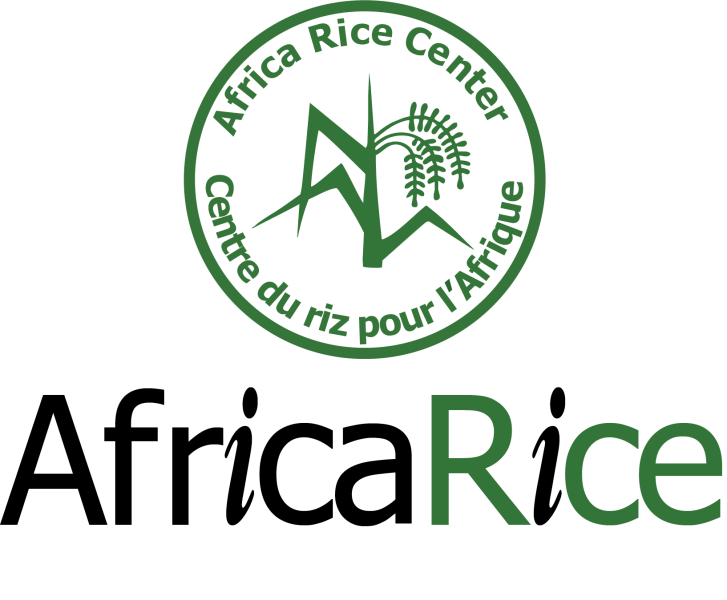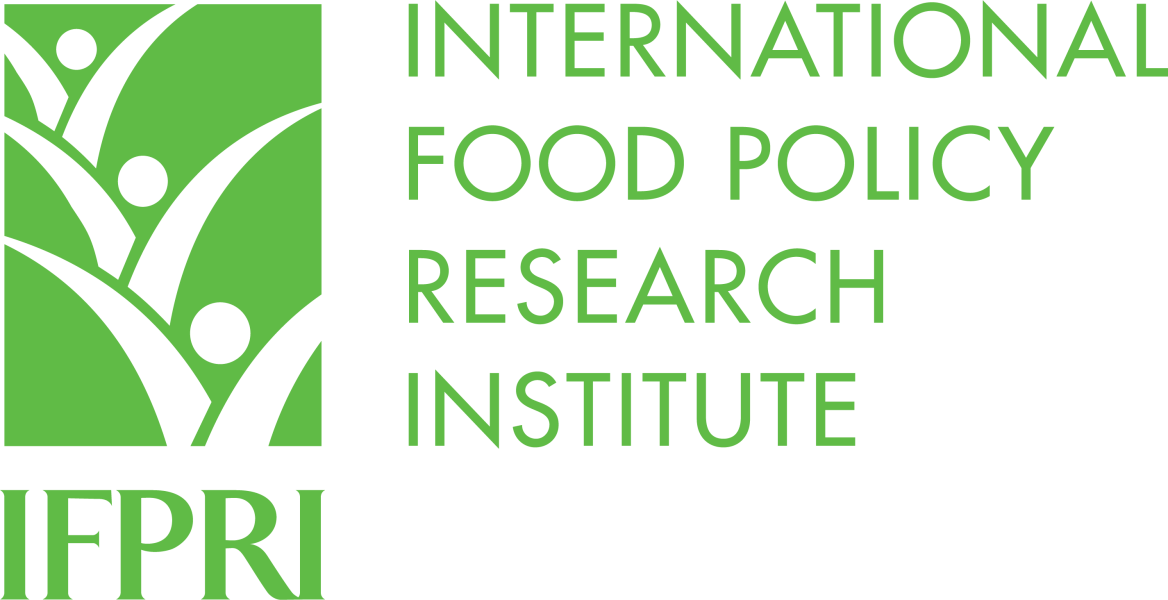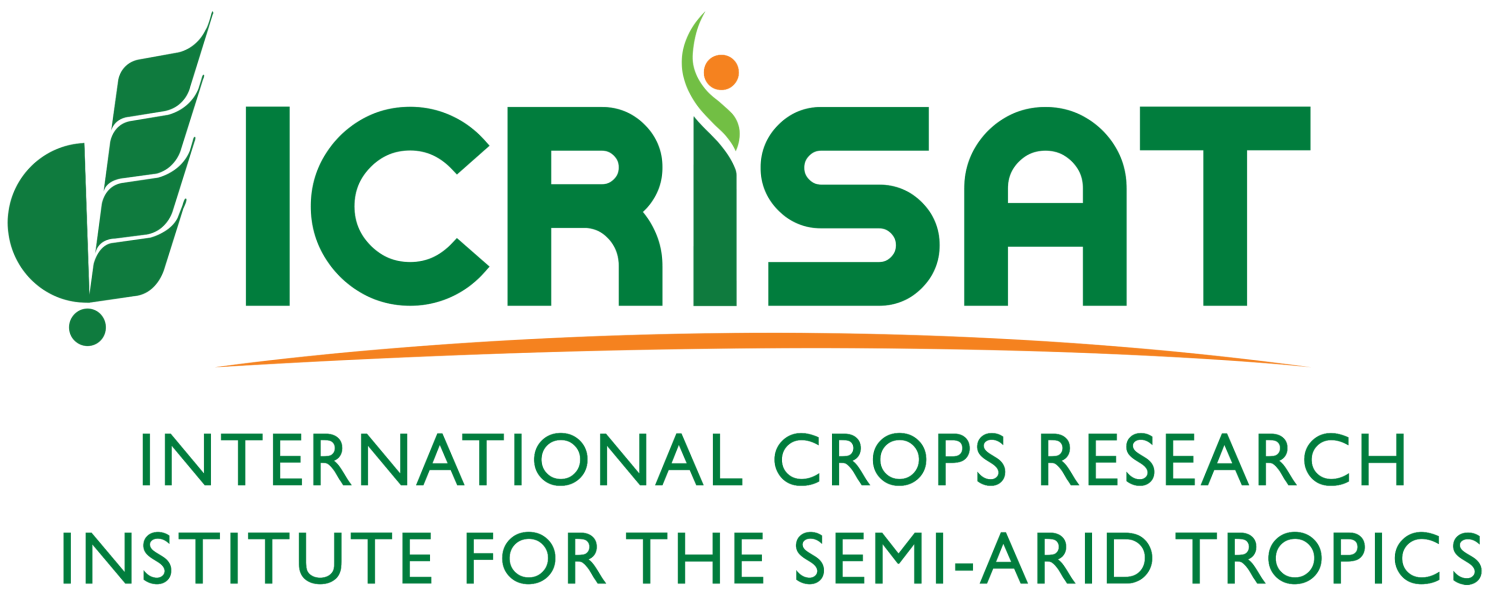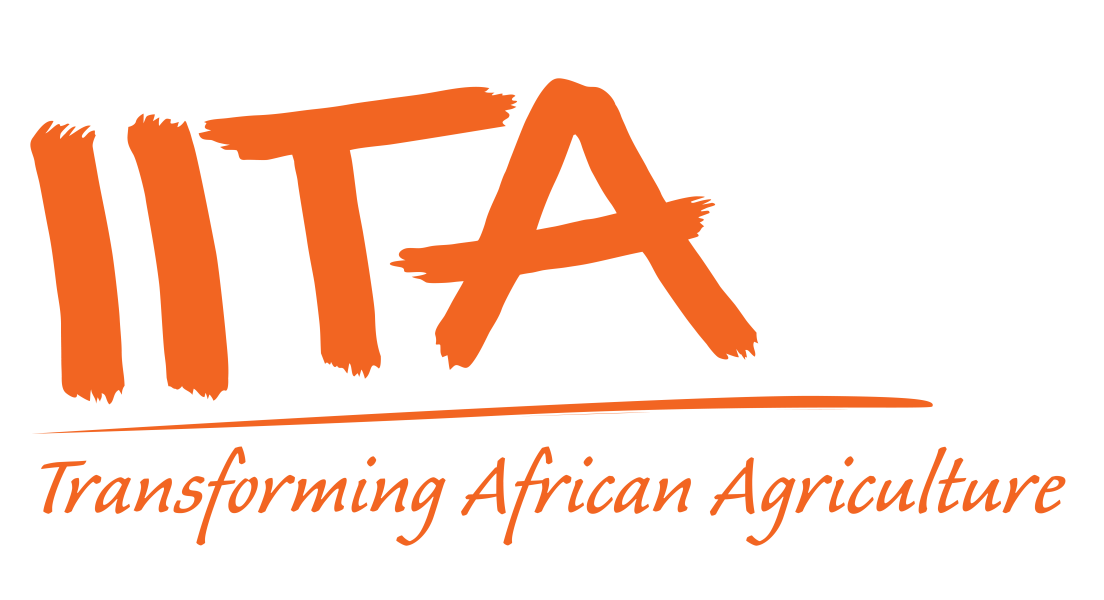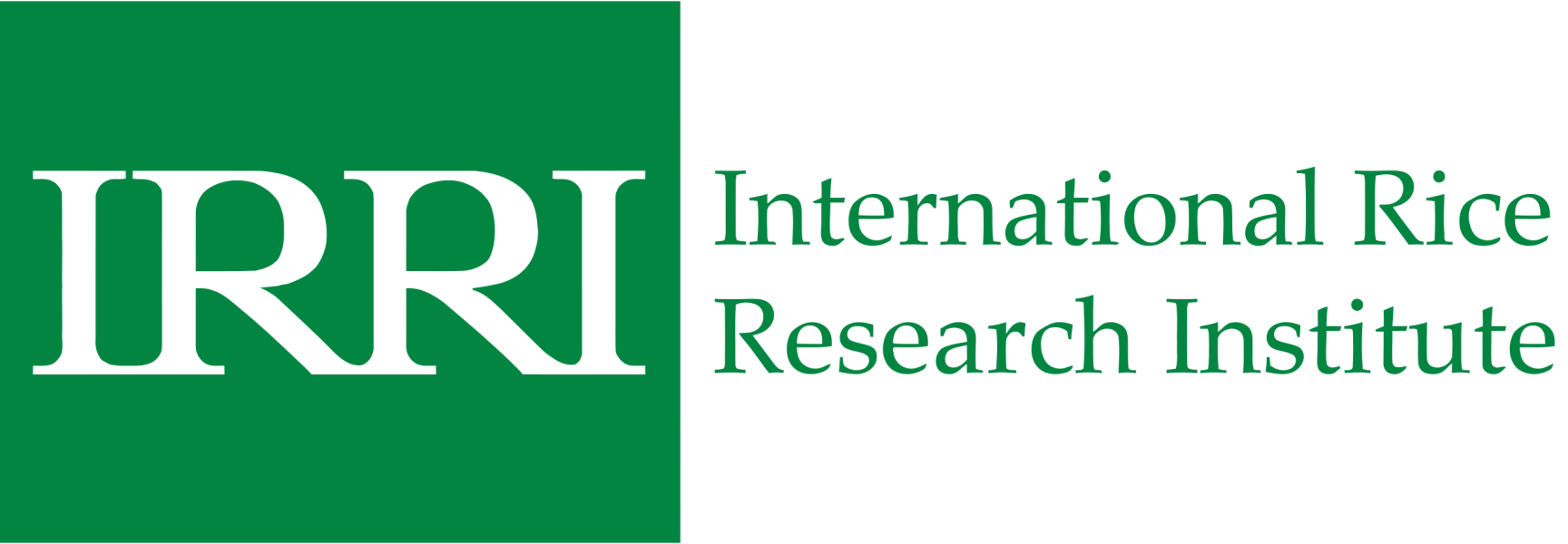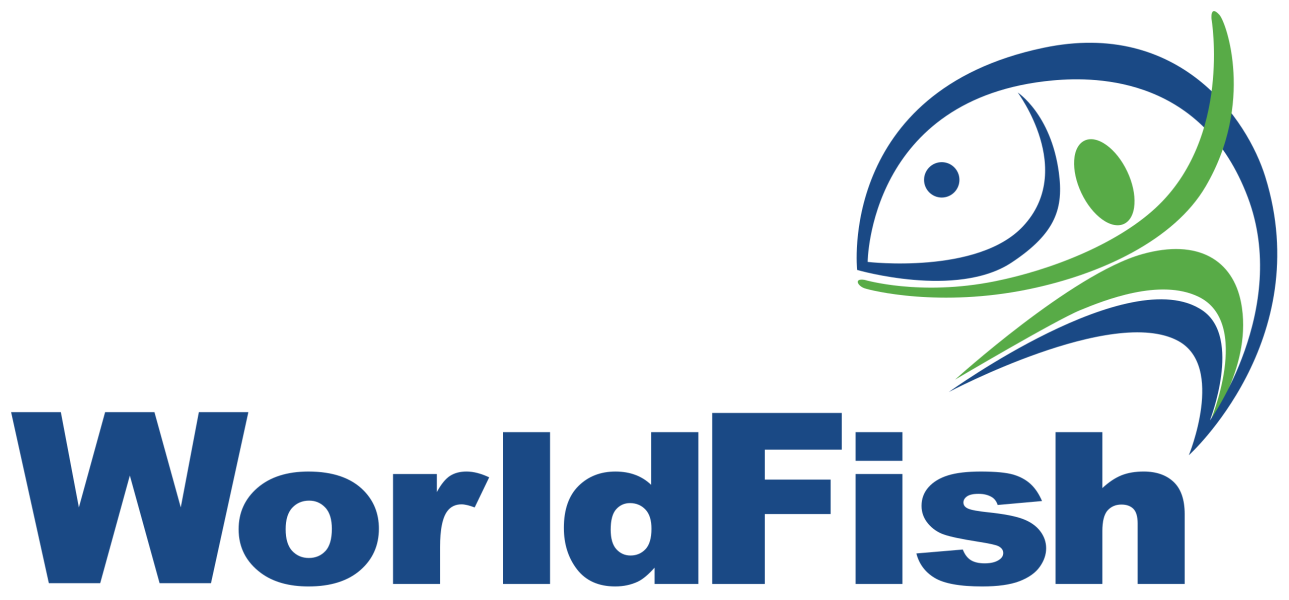The world continues to grapple with global hunger and malnutrition, further exacerbated by fragmented of broken food systems, conflicts, climate change, and crises. Since 2021, the State of Food Security and Nutrition of the World (SOFI), an annual FAO publication on global hunger and malnutrition, has indicated that we are off-track to achieve the targets of SDG 2 (Zero Hunger), reversing the successes gained in the years before. CGIAR, the world’s largest agriculture innovation network, has clearly articulated its vision to deliver science and innovation that advance transformation of food, land and water systems in a climate crisis in its 2023 Research and Innovation Strategy, and has identified effective delivery and results that “shift the dial” on global achievements through its five Impact Areas.
The Nutrition, Health and Food Security Impact Area guides CGIAR’s contributions to SDG 2 and SDG 3 (Good Health and Wellbeing). There is also a critical link to SDG 6, noting the emphasis in Target 6.3 on safe water, including reductions in waterborne diseases. Specifically, CGIAR seeks to deliver on its ambitious 2030 collective targets on action for nutrition, health, and food security to:
- End hunger for all and enable affordable healthy diets for the 3 billion people who do not currently have access to safe and nutritious food.
- Reduce cases of foodborne illness (600 million annually) and zoonotic diseases (1 billion annually) by one third.
This section of the Portfolio Narrative presents the progress made in nutrition, health, and food security in 2023 collectively, through Initiatives and SGPs, toward reaching these goals.
2023 was the first year whereby results presented in the CGIAR Results Dashboard were disaggregated and tagged for contributions to nutrition, health, and food security (Figure 1). Of the 6,164 results reported, 8 percent (509 results) were reported by Initiatives as principally contributing to improved nutrition, while 39 percent (2,431 results) were contributing in a significant way. While the remaining 52 percent of results were not tagged toward the areas of nutrition, health, or food security, this does not mean that they did not necessarily contribute to the Portfolio in achieving targets of improving food and nutrition security, or health. Furthermore, many of the results presented contributed to more than one Impact Area (Figure 2), indicating the value and ability of CGIAR research and innovations to generate multiple benefits and impact, with greater efficiency and interactions across disciplines and regions.
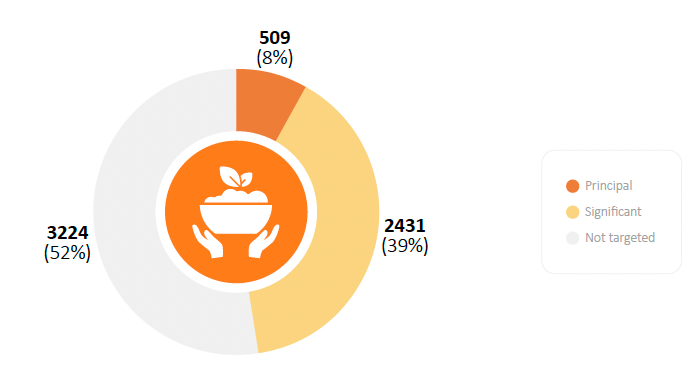
Figure 1. Results reported in 2023 tagged to the Nutrition Impact Area.
Source: CGIAR Results Dashboard, accessed on 1 May, 2024.

Figure 2. SDG contributions across all five CGIAR Impact Areas in 2023.
Source: CGIAR Results Dashboard, accessed on 1 May, 2024.
An overview of results in 2023

Figure 3: Results that principally contributed to the Nutrition Impact Area in 2023.
Source: CGIAR Results Dashboard, accessed on 1 May, 2024.
Out of the 511 results tagged as making a principal contribution to the Nutrition Impact Area, 210 (41 percent) are in the form of knowledge products, 44 (9 percent) are related to capacity development activities, 113 (22 percent) are innovation development results, and 101 (20 percent) are categorized as other outputs. At the outcome level, 25 (5 percent) results were reported for innovation use, 14 (2 percent) for policy change and 4 (1 percent) for other outcomes, indicating the positive contribution of CGIAR research toward long-term, impactful changes. When further disaggregated according to Science Group, 198 of these results are contributions to ST, 156 to RAFS, and 126 to GI.
Contributions from East and Southern Africa topped the list, with 120 results reported for this region. This is followed by South Asia (76 results), Southeast Asia and the Pacific (68 results), West and Central Africa (60 results), Latin America and the Caribbean (53 results), and Central and West Asia and North Africa (49 results). In 2023, CGIAR’s research and innovation contributions toward the Nutrition Impact Area had almost similar interest and distribution across all six regions described in the CGIAR Research and Innovation Strategy.
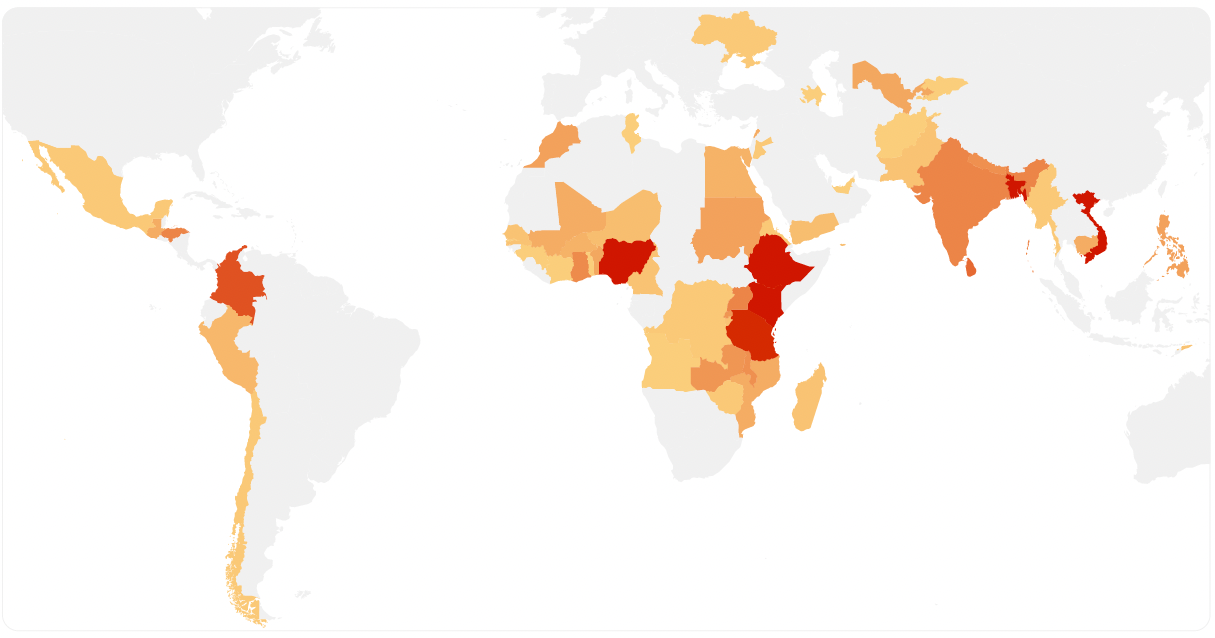
Figure 4: Principal contributions of CGIAR research toward positive impacts on nutrition.
Source: CGIAR Results Dashboard, accessed on 1 May, 2024.
A key opinion piece reported in 2023 is the article, “The world is precariously dependent on a handful of staple food crops”, published in The Telegraph, indicating the need for dietary diversity, and diversification of methods and systems, in addressing global hunger and malnutrition. The importance of dietary diversity should be emphasized in CGIAR research and toward developing the CGIAR Portfolio toward 2030.
In 2023, 2,431 results were reported as having made a significant contribution toward realizing impacts in the areas of food and nutrition security or health. Out of these results, 1,187 (49 percent) are knowledge products, 427 (18 percent) are capacity development activities, 351 (14 percent) are innovations at different stages of development, and 309 (13 percent) are reported as other forms of output. At the outcome level, 70 (3 percent) of the results are associated with innovation use, 38 (1 percent) are associated with policy change, and 48 (2 percent) are associated with other outcomes.

Figure 5. Results that significantly contributed to the Nutrition Impact Area in 2023.
Source: CGIAR Results Dashboard, accessed on 1 May, 2024.
When disaggregated by Science Group contributions, ST had the largest number of contributions, with 1,362 results reported, followed by GI (872 results) and RAFS (466 results). Regional disaggregation data for results principally contributing to the Impact Area shows that East and Southern Africa tops the list with 718 results (30 percent). This is followed by South Asia (370 results), West and Central Africa (341 results), Latin America and the Caribbean (309 results), Southeast Asia and the Pacific (233 results), and Central and West Asia and North Africa (167 results).
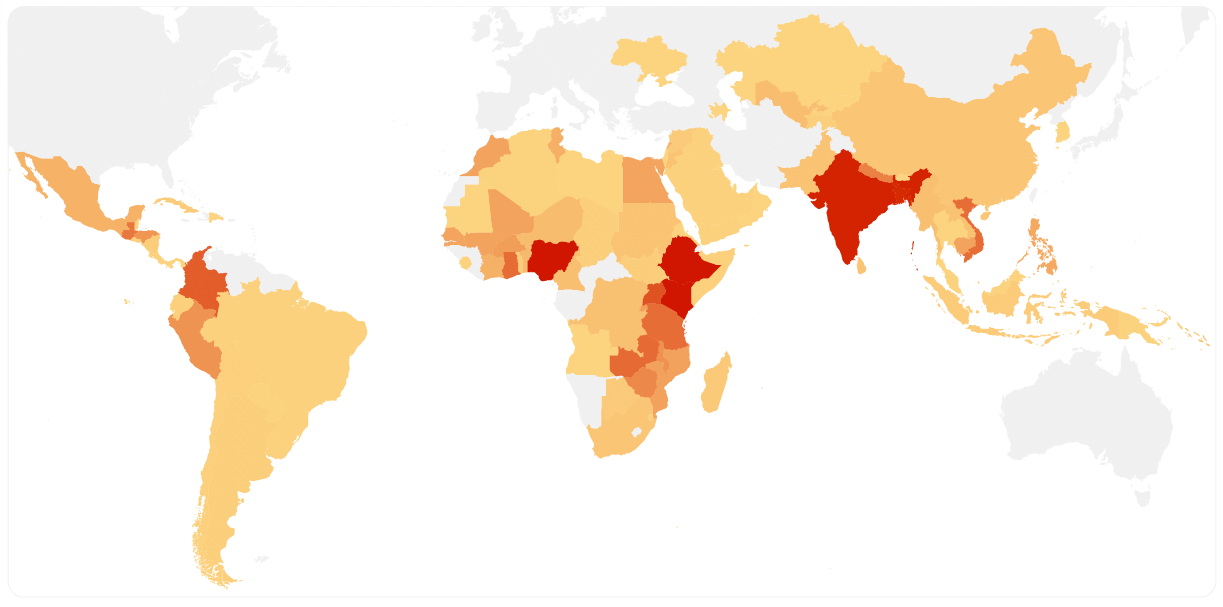
Figure 6: Significant contributions of CGIAR research toward positive impacts on nutrition.
Source: CGIAR Results Dashboard, accessed on 1 May, 2024.
Some notable publications that significantly contributed to the Nutrition Impact Area include:
Partnerships
In 2023, CGIAR worked with 2,145 partners to deliver research and innovations that generate impact for nutrition, health, and food security. Out of these, 667 (31 percent) are partners who made principal contributions, and 1,478 (69 percent) are partners who made significant contributions toward improved nutrition and food security. Research organizations and universities form the largest type of partners, with 176 universities and 110 national agriculture research centers principally contributing to this Impact Area; and 580 national agriculture research centers and 562 universities significantly contributing to the Impact Area.

Figure 7: Results by partner delivery type, according to the type of contribution to the Nutrition Impact Area in 2023.
Note: Bars are not to scale.
Source: CGIAR Results Dashboard, accessed on 1 May, 2024.
Innovation
Innovation development refers to investments by CGIAR and partners in the design, testing, and validation of new, improved, or adapted outputs (individually or grouped), with high potential to contribute to generate positive impacts when used at scale. In 2023, 464 innovations were reported – at various stages of readiness – to have principal and significant contributions to delivering impact on nutrition, health, and food security. Out of these results, 73 were reported to be proven innovations (24 with a principal contribution and 49 with a significant contribution) that are ready to be scaled for impactful outcomes. Increasing investment in radical, disruptive and contextual innovations is needed to generate significant impact at scale, and address food and nutrition security gaps to meet the CGIAR collective global targets.
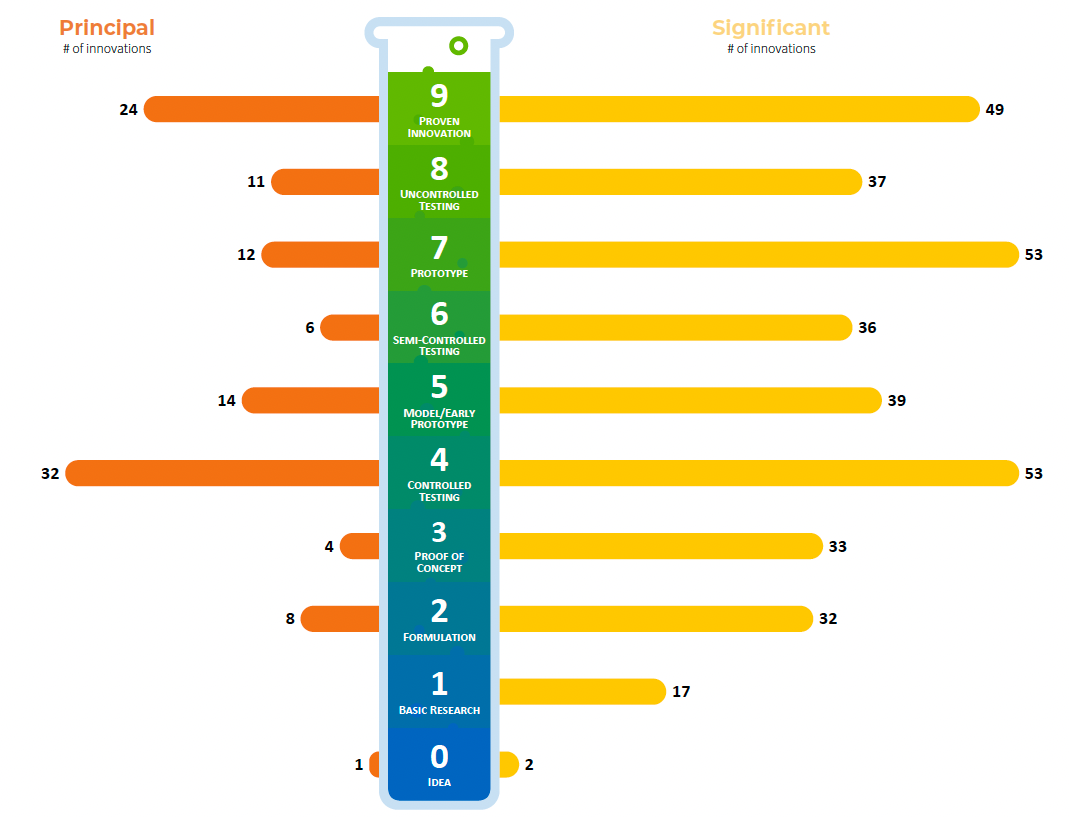
Figure 8: Innovation readiness levels of innovations reported to have made principal (left) and significant (right) contributions to the Nutrition Impact Area in 2023.
Source: CGIAR Results Dashboard, accessed on 1 May, 2024.
Global agenda
2023 was an important year for CGIAR as it continues to foster thought leadership, critical thinking and advocate transformative approaches for food systems at the global level. CGIAR was present at high-level events, notably the UN Food Systems Summit Stocktaking Moment, the Africa Food Systems Summit, Micronutrient Forum, and Climate COP28. Through these global platforms, CGIAR continues to push for holistic food systems transformation, and improving availability and access to sustainable, diverse, and healthy diets worldwide. The inclusion of sustainable agriculture and resilient food systems in the face of climate change, as in the Declaration adopted during COP28 in the United Arab Emirates, marks an important moment in global history. The Declaration recognized the unprecedented impacts of climate change on threatening the resilience of agriculture and food systems, and the importance of realizing the right to adequate food in the context of national food security, as well as ensuring access to safe, sufficient, affordable, and nutritious food for all.
Conclusion
2023 was the first year nutrition tagging was implemented for the CGIAR Portfolio, as well as the first year of reporting for the Nutrition Impact Platform, and a few lessons have been learned. There needs to be better understanding, guided by the Nutrition Impact Platform and the nutrition and health community, of the tagging system to produce better insights to the breadth and depth of work being done by CGIAR and partners on nutrition, health, and food security. Linked to this is the need to define the tagging mechanism to include not just work on nutrition, but also work in the areas of health and food security. Furthermore, results that have not been tagged to the Impact Area do not necessarily mean that they do not contribute in some way to realizing the global goal of addressing hunger and malnutrition.


